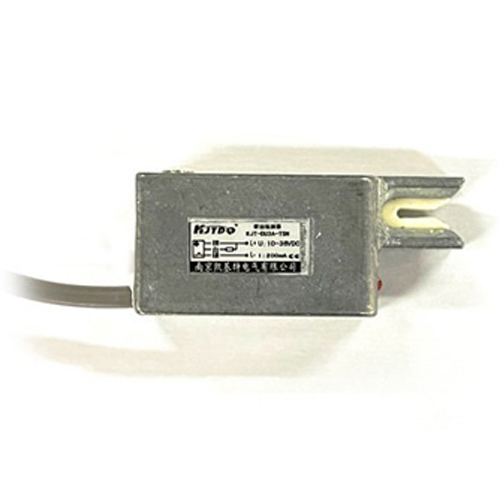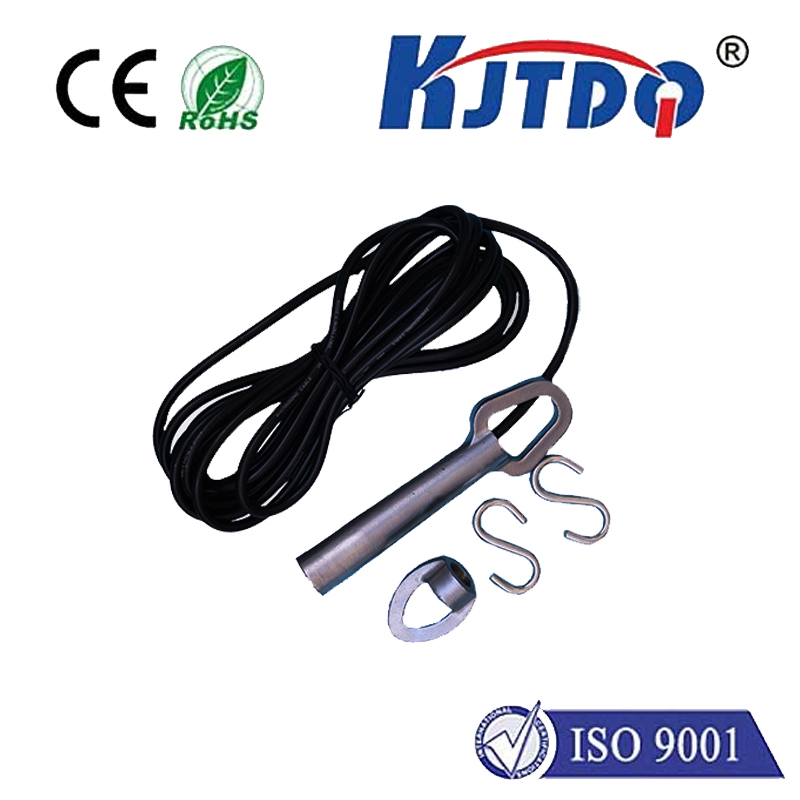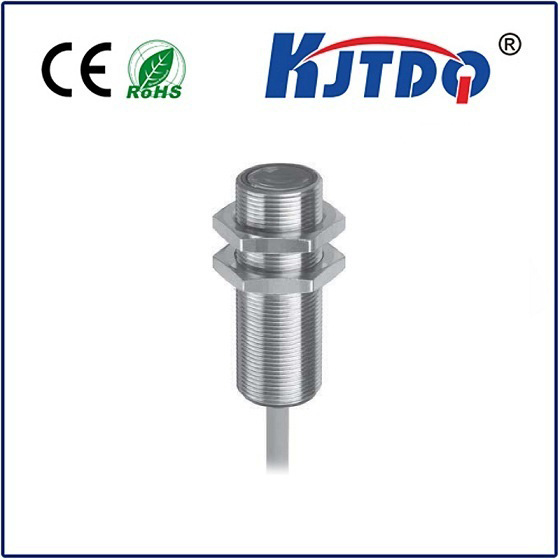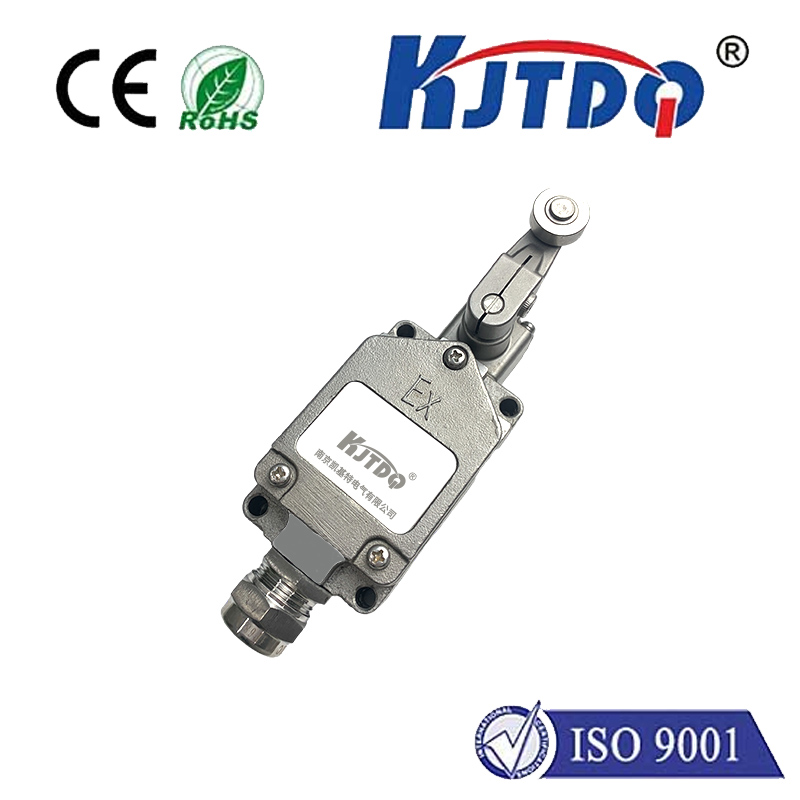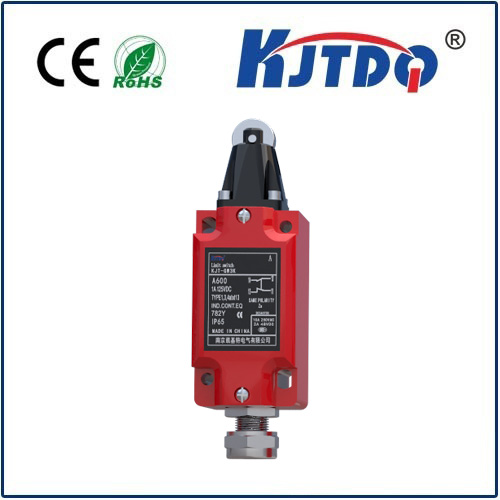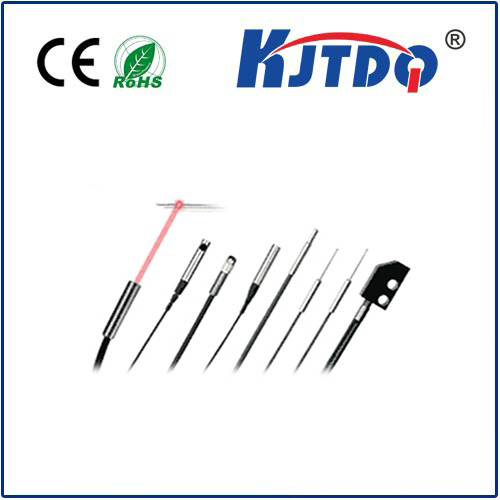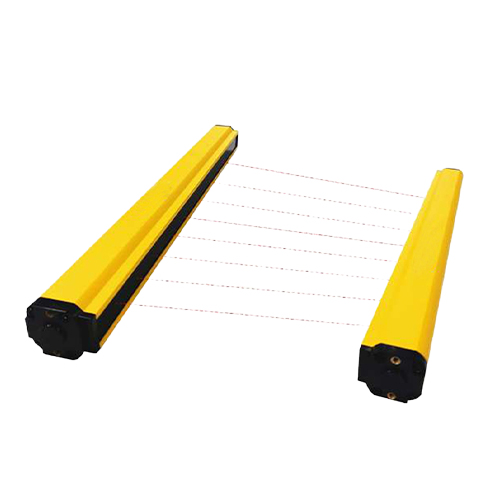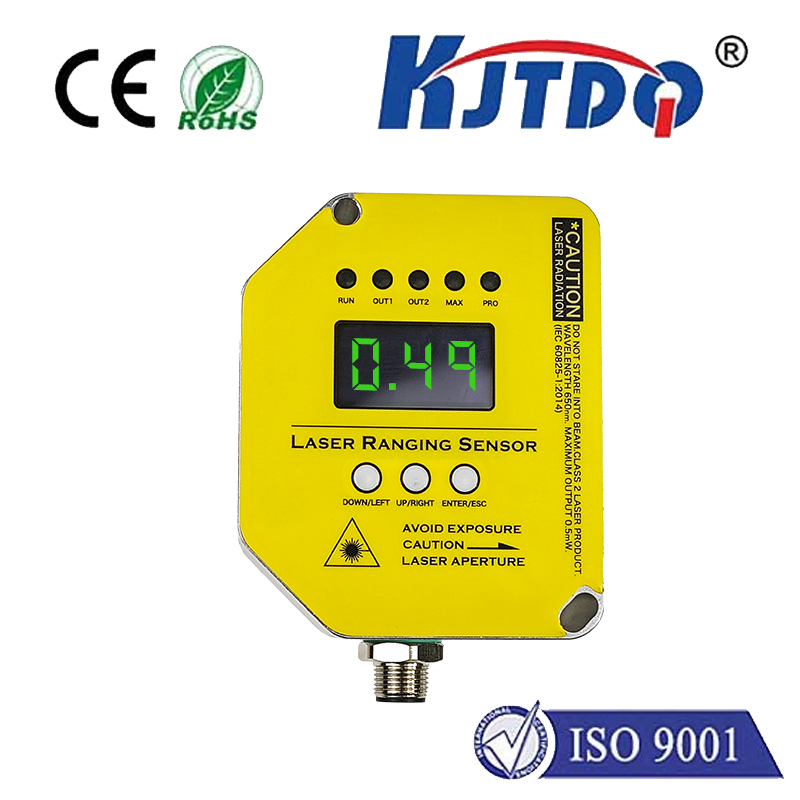

check

check

check

check

check

check

check

check

check

check
Picture this: A critical compressor on an offshore platform, a massive turbine in a power plant, or a high-speed pump in a refinery. Suddenly, an unexpected vibration spike occurs. Without warning, catastrophic failure strikes – unplanned downtime costing millions, potential environmental damage, and significant safety risks. Preventing such scenarios isn’t just desirable; it’s imperative. This is precisely where the Bently Nevada Proximity Sensor 3300 XL steps in, representing decades of engineering excellence as a cornerstone of predictive maintenance and machinery protection strategies globally. More than just a component, it’s a vital sentinel guarding the operational integrity and safety of rotating assets across heavy industry.
The legacy of Bently Nevada, now a revered part of Baker Hughes, is synonymous with pioneering machinery condition monitoring. For over half a century, their solutions have set the benchmark for reliability and precision. The 3300 XL sensor series stands as a testament to this heritage. Engineered specifically for demanding industrial environments, these sensors provide the crucial first layer of defense against impending equipment failure by continuously measuring fundamental parameters: radial vibration, axial position (thrust), and speed (rpm).
So, what makes the Bently Nevada Proximity Sensor 3300 XL such a ubiquitous and trusted choice? Its operation hinges on the robust principle of eddy current sensing. The sensor probe, typically mounted close to the rotating shaft, generates a high-frequency electromagnetic field. As the conductive shaft surface moves relative to this field, it induces swirling electrical currents (eddy currents) within the shaft material. The strength of these eddy currents inversely affects the sensor’s coil impedance. This minute change is precisely measured by the sensor and its associated preamplifier (like the widely used 3300 XL 5mm or 8mm models), converting the physical gap (proximity) into a highly accurate, linear electrical voltage signal proportional to shaft displacement.

The exceptional capabilities of the 3300 XL series stem from several key features:
Understanding common specifications helps in selection:
Where is the Bently Nevada Proximity Sensor 3300 XL deployed? Its ubiquity is impressive:
Deploying these sensors effectively requires adherence to best practices. Mounting rigidity is paramount – any movement of the probe relative to the machine casing introduces error. Proper gap setting (the distance between the probe tip and the target shaft at the sensor’s electrical null point, typically the midpoint of its linear range) using a micrometer or dial indicator is crucial for accurate measurement. Cable routing must avoid interference sources and ensure integrity, using the specified armored coaxial cables. Finally, pairing the probe with the correctly calibrated preamplifier ensures the signal is conditioned optimally for the monitoring system.
In essence, the Bently Nevada Proximity Sensor 3300 XL is far more than just a sensor. It is the reliable, high-precision eye that continuously watches over the vital signs of industrial machinery. Its proven performance in the world’s most critical applications under extreme conditions has cemented its position as the industry standard. By providing the essential data on vibration, position, and speed with unwavering accuracy and durability, the 3300 XL empowers engineers and maintenance teams to shift from reactive firefighting to proactive, predictive maintenance strategies. This translates directly into enhanced operational safety, minimized risk of catastrophic failure, optimized maintenance spending, and maximized equipment availability – delivering significant value and safeguarding both assets and personnel.
